The Power of Storytelling
Reflections on My Time Spent Studying
"The Troubles" in Northern Ireland
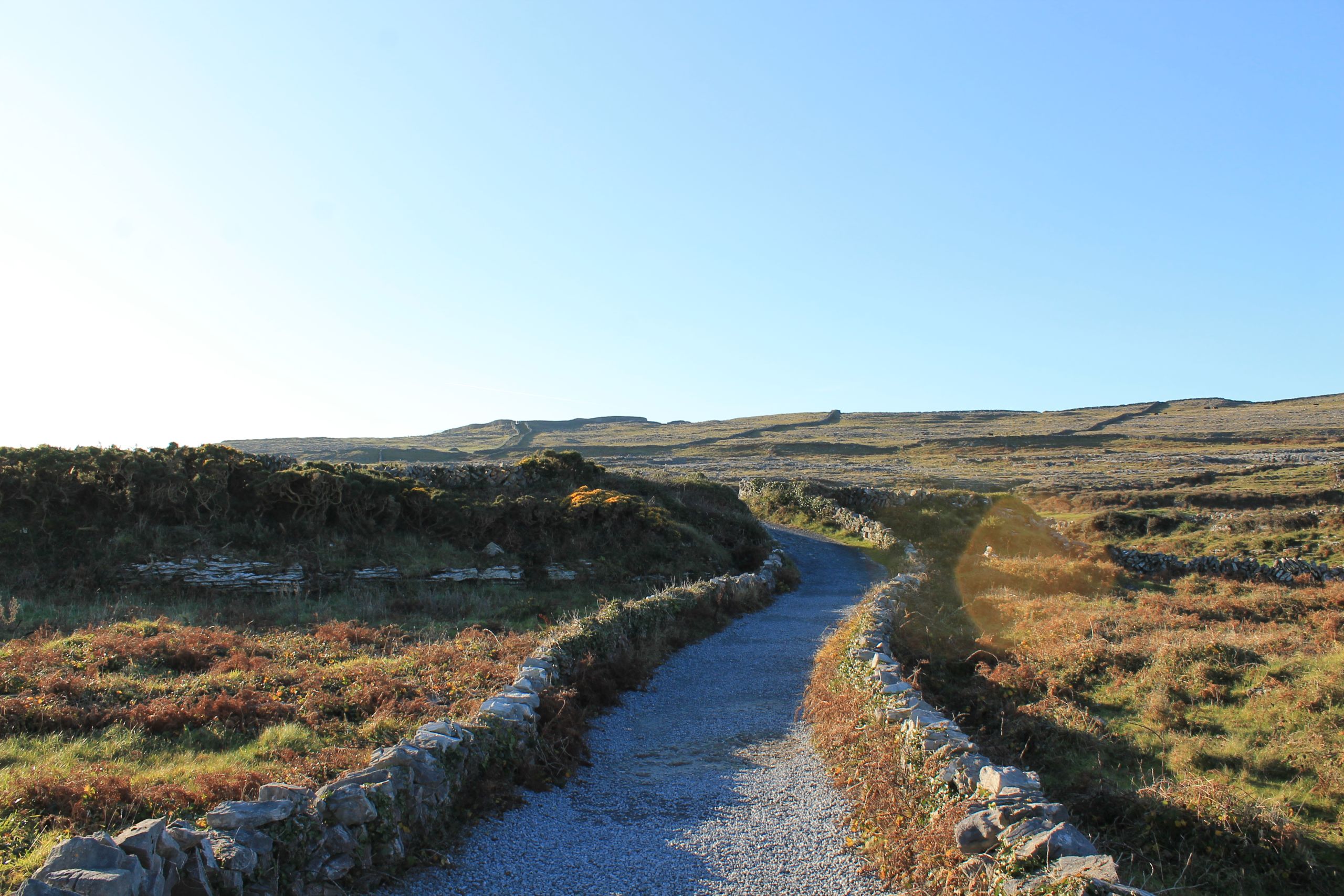
In the mere short months since I have left Northern Ireland, I have already begun to understand just how impactful the experience was for me.
I was afforded the opportunity to live in Northern Ireland for nearly four months to study the Northern Ireland Conflict from its earliest origins to its lasting legacy on contemporary society in Northern Ireland. I was part of a cohort in the HECUA program, Northern Ireland - Conflict, Peace, And Transition.
Over the course of my off-campus study program, I took part in an overarching internship that lasted the majority of my program, semester long research on a topic related to the Northern Ireland Conflict, site visits that helped to establish the scope of what I was learning, meetings with individuals that have suffered as a result of violence and those who are perpetrators of violence, and many other elements of experiential learning.
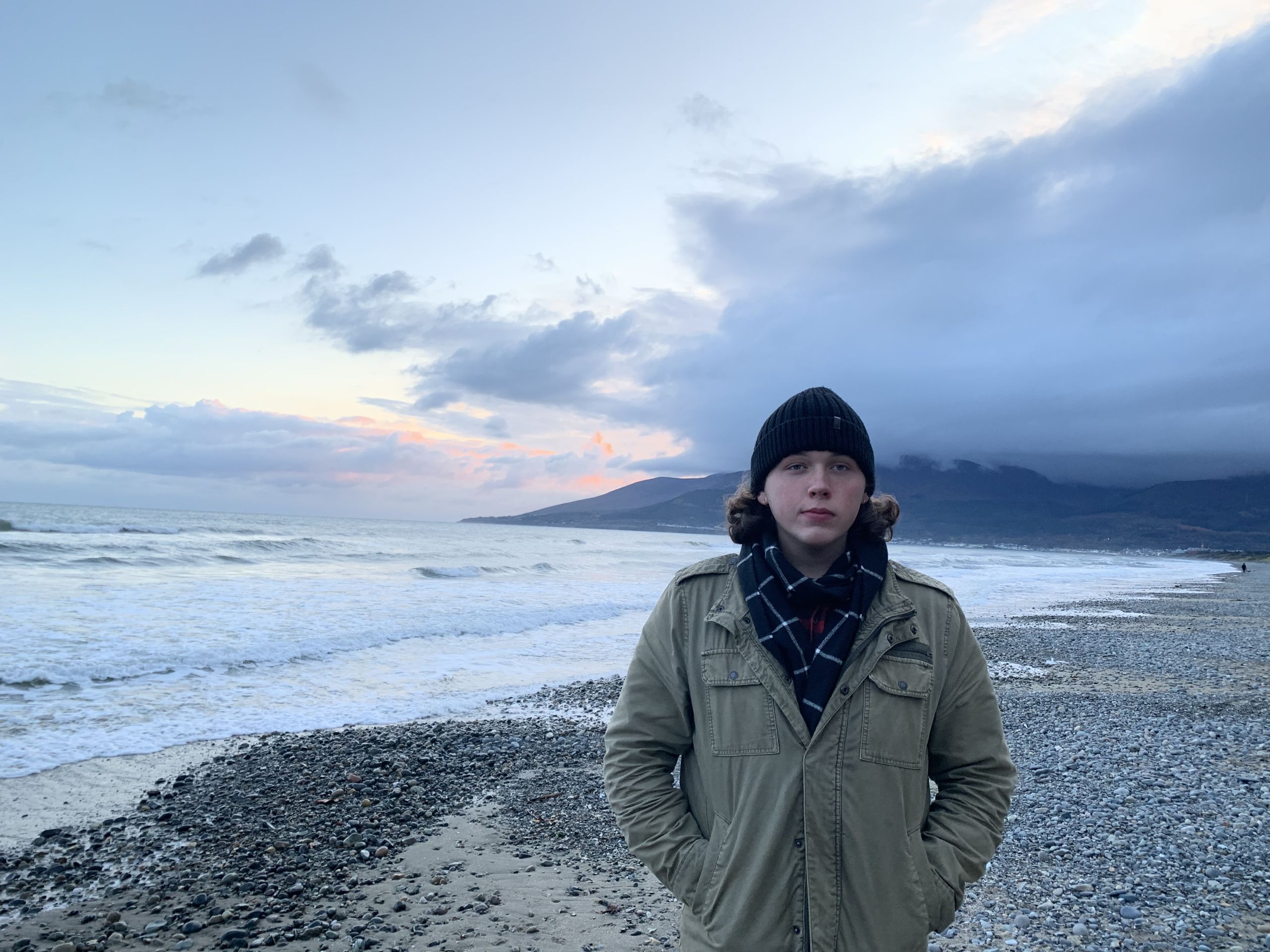
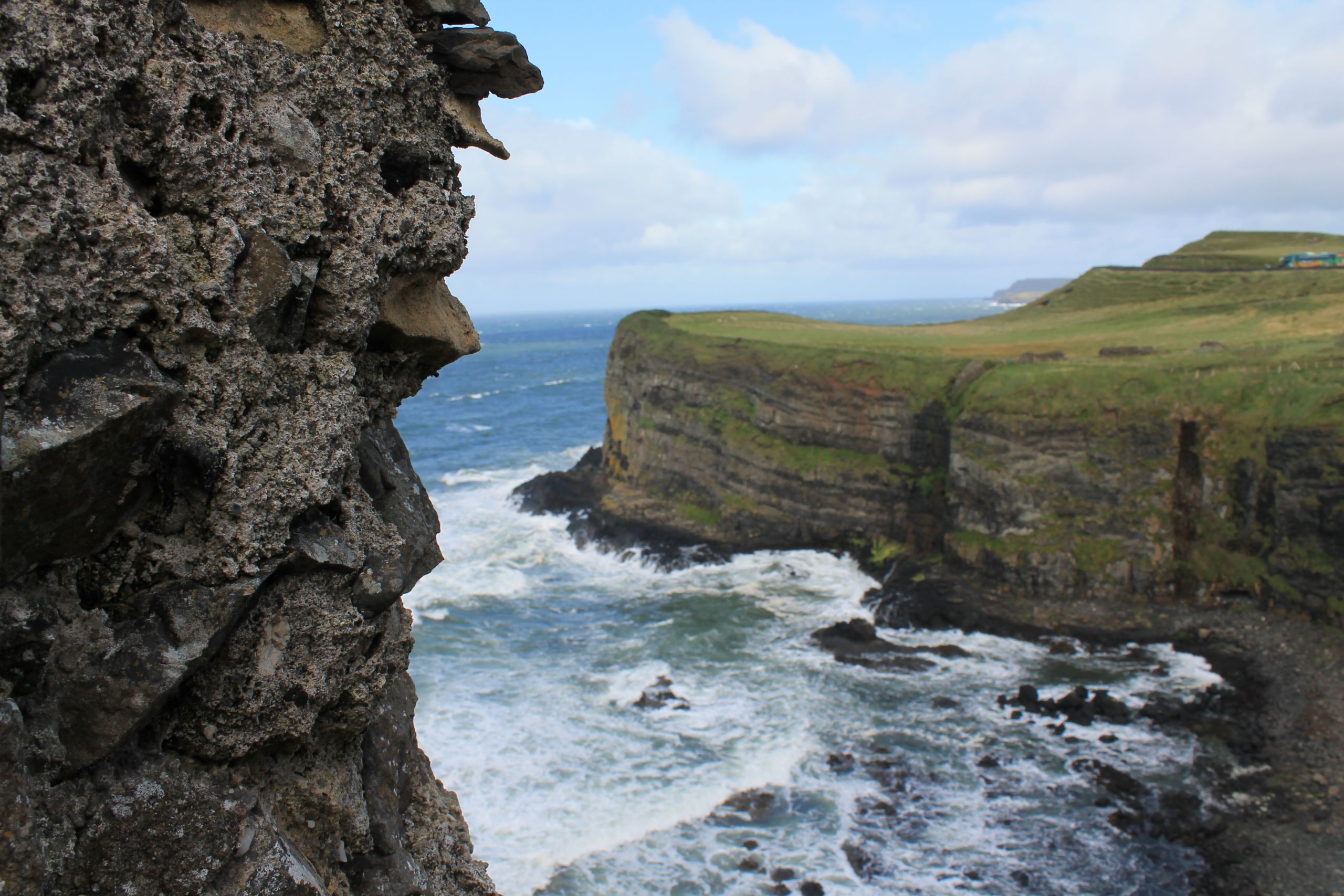

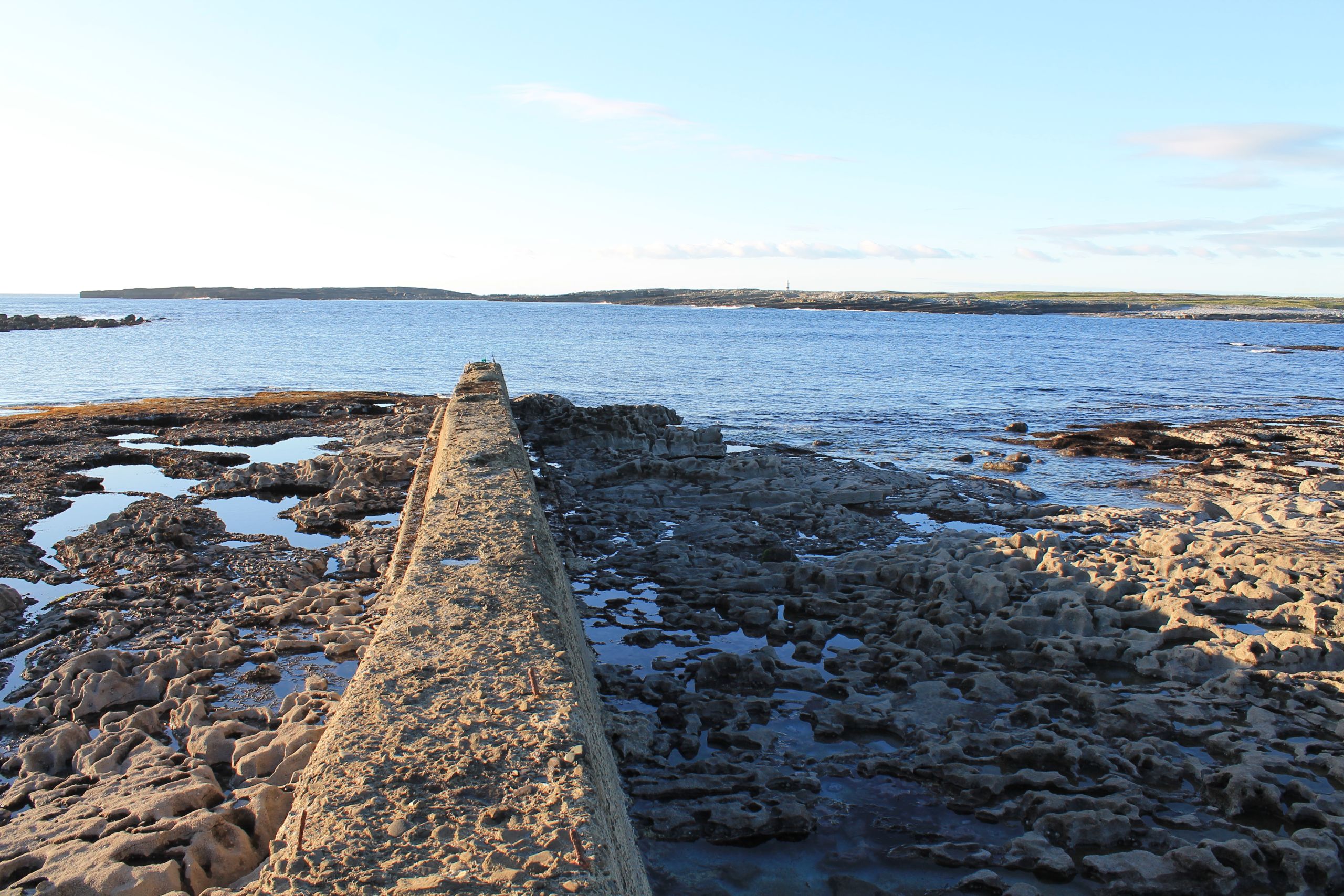
HECUA, Northern Ireland - Conflict, Peace, And Transition.
The program largely focuses on the discussion of conflict in Northern Ireland and the many attempts to create peace in the region by active citizens.
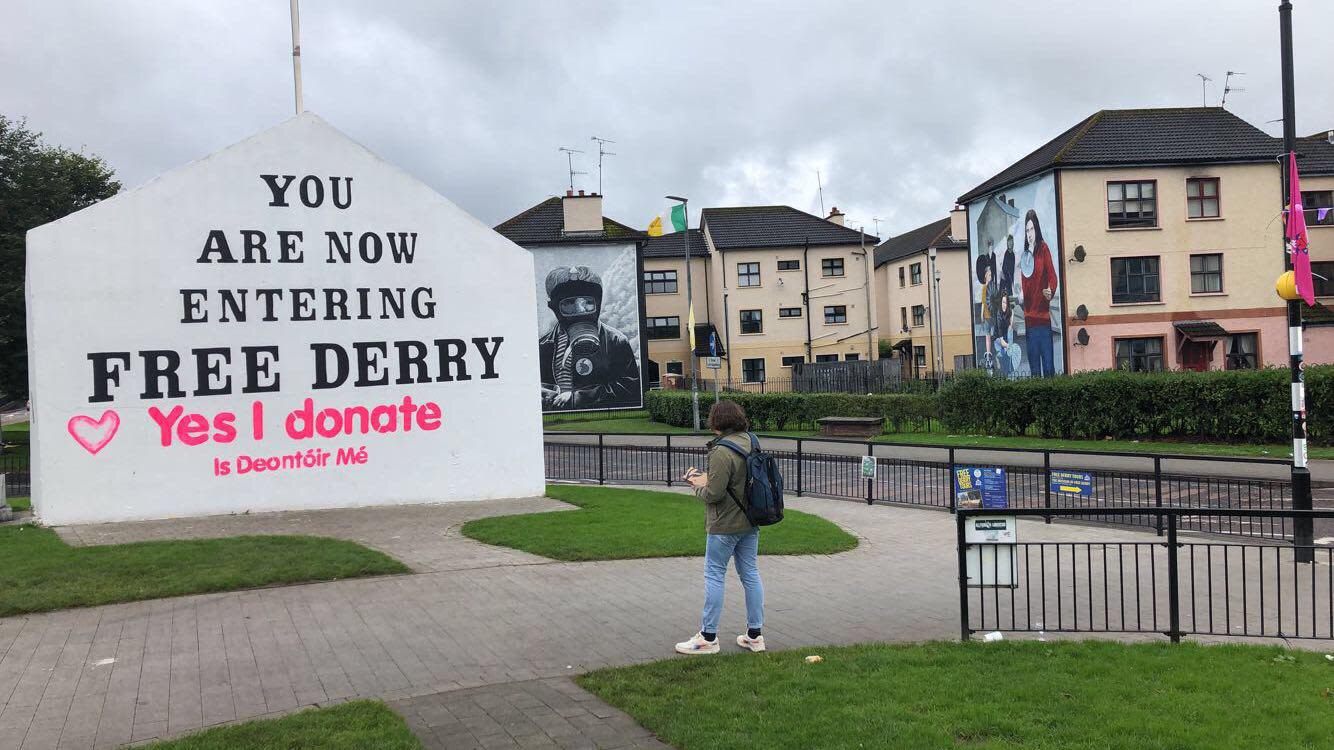
Northern Ireland has dealt with decades of identity-based conflict that divides neighbors, communities, and the country itself. Conflict that stems from the fight between two groups of people contesting who has the right to live and hold power in Northern Ireland--the mostly Catholics/Nationalists who want Northern Ireland to be "Irish" and part of the Republic of Ireland or the Protestants/Loyalists who wish to have a Northern Ireland that is nationally British and part of the United Kingdom.
"This history is physically present in the form of imposing walls (some 400 years old, others much more recent), and a border that has divided the island of Ireland for 100 years. Deeply segregated communities are byproducts of the trauma caused by years of violence. The conflict and its legacy ripples out into the language, governance, and everyday life of Northern Irish citizens."
-HECUA

It is unlikely that you will find many people in Northern Ireland who have not been affected by the Northern Ireland Conflict in some way. Over the course of the program, we were exposed to many stories of loss, suffering, trauma, justice, reconciliation, forgiveness, and endurance, which, in most cases, came from direct interactions with those who have been personally pulled into the conflict. Stories from those who have either suffered violence or created violence during the conflict. Further, we were able to hear the stories of people who dedicate their lives to finding lasting peace in Northern Ireland. A narrative has emerged in Northern Ireland, which is of citizens and communities taking action to lieu of governmental resolve.
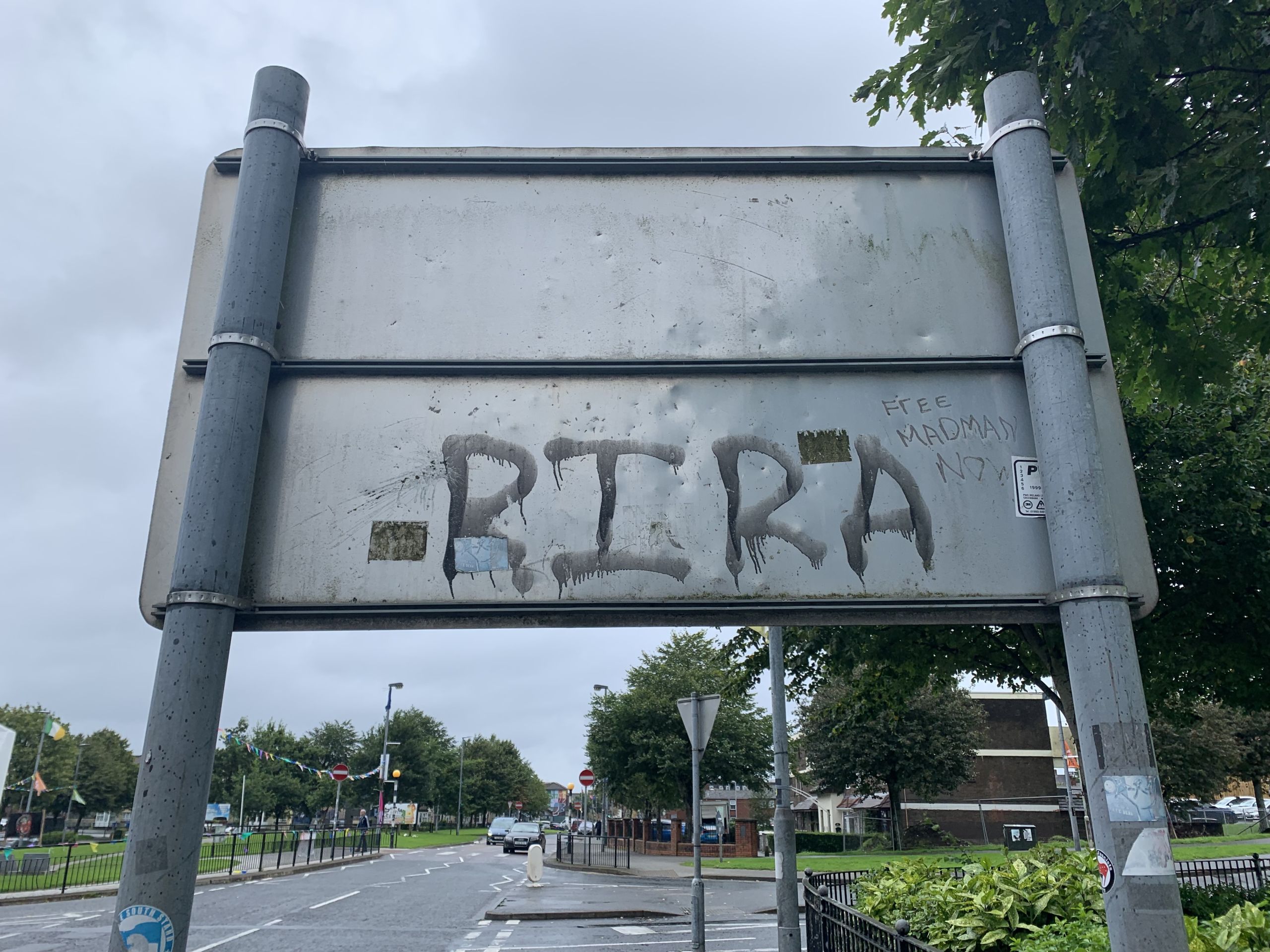
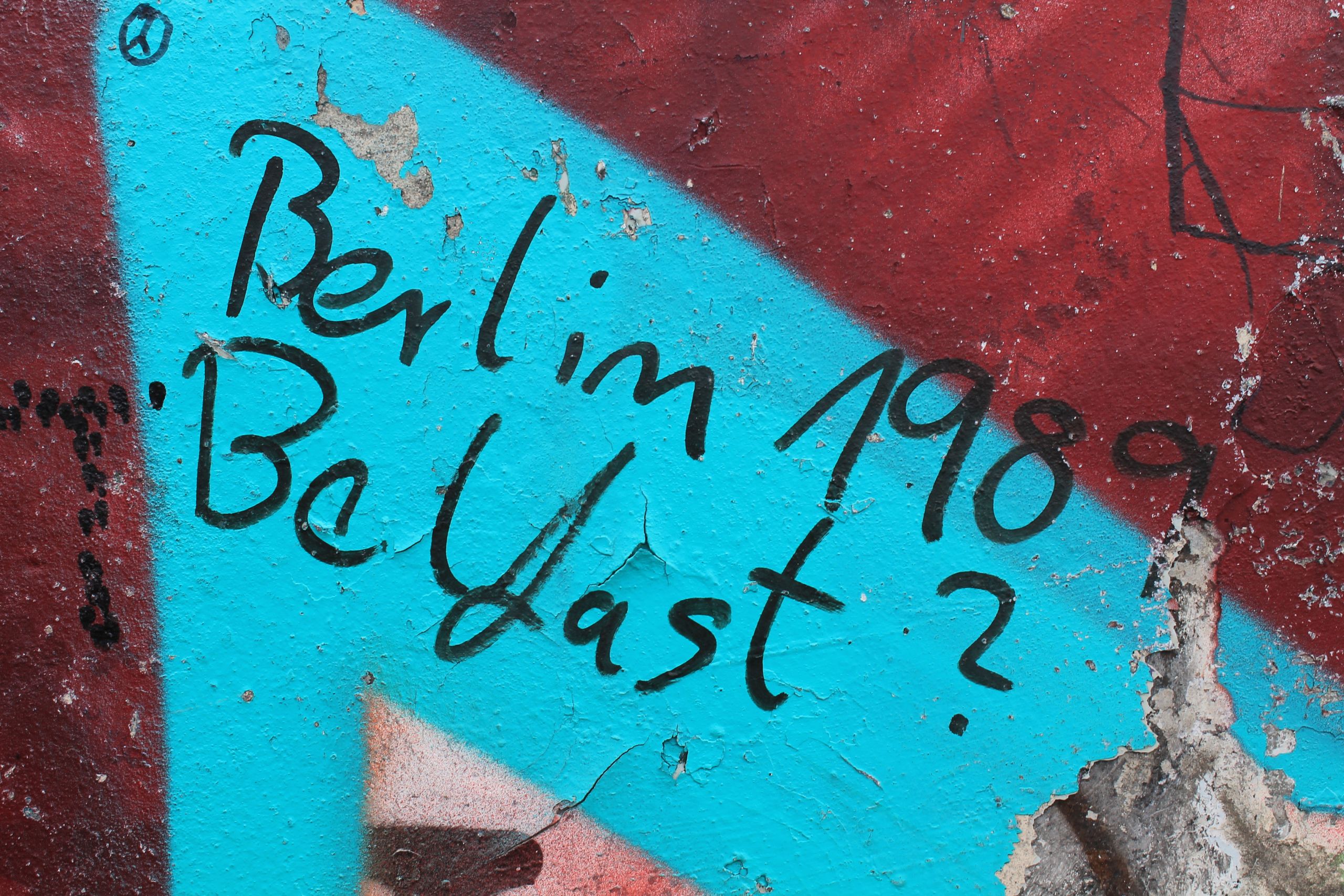

It has dawned on me that perhaps the most important realization from my time in Northern Ireland was just how integral storytelling, or stories, can be when it comes to conflict resolution and peace building, or advancing/sustaining conflict. In Northern Ireland, many stories are shared in the from of art and cultural remembrance that attempts to either bring people together or keep them separated in their respective cultures. This form of storytelling, through art and cultural awareness, tends to be especially true in many cases within Northern Ireland, since telling stories aloud publicly can often be much harder than expressing emotive narrative though art representative of one's culture and experiences.
My internship placement allowed me to hear more and more stories, as well as the opportunity to use storytelling for community building.
"There is something in us, as storytellers and as listeners to stories, that demands the redemptive act, that demands that what falls at least be offered the chance to be restored. The reader of today looks for this motion, and rightly so, but what he has forgotten is the cost of it. His sense of evil is diluted or lacking altogether, and so he has forgotten the price of restoration. When he reads a novel, he wants either his sense tormented or his spirits raised. He wants to be transported, instantly, either to mock damnation or a mock innocence.”
Flannery O'Connor, writer and essayist
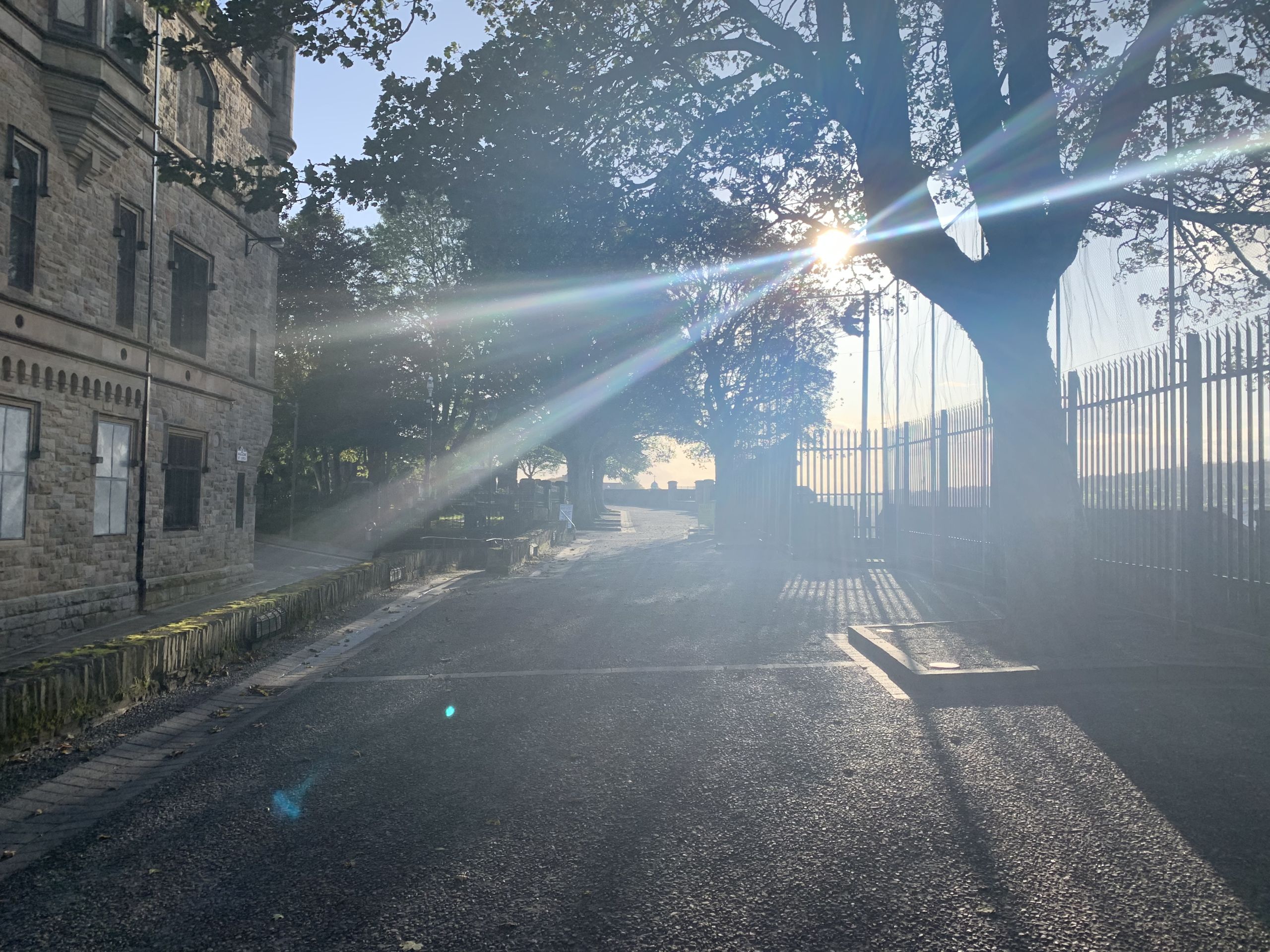
Internship Placement - New Gate Art and Cultural Center
My internship placement was with an organization called New Gate Art and Cultural center whose mission was to use art, culture, and heritage as a means to build community relationships and promote the celebration of Protestant minority culture.
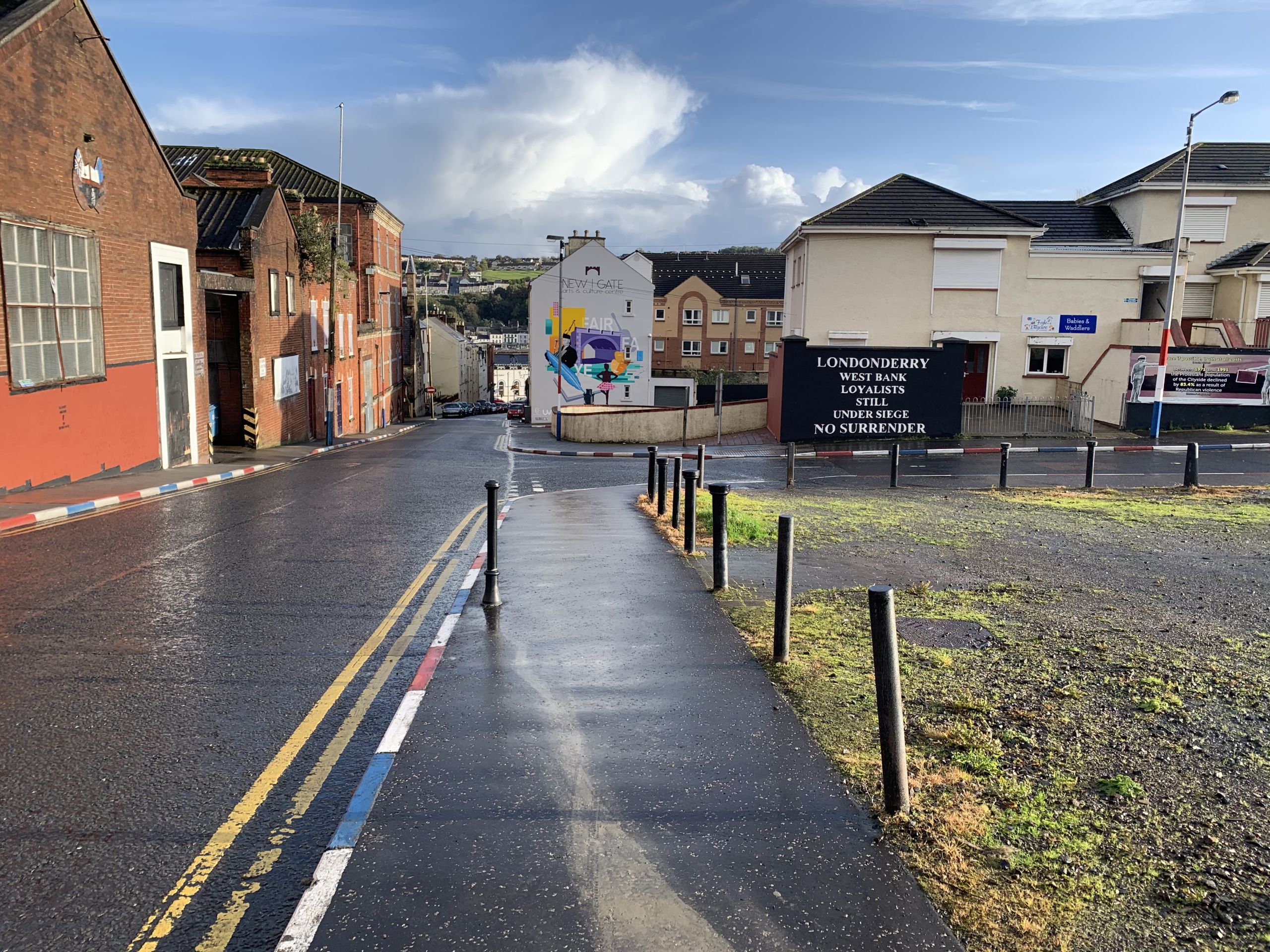
The organization I worked for believed in the notion that by telling the story of Protestant/Loyalist culture openly and proudly they could help to evolve Catholic/Nationalist opinions of disdain and notions that their art and culture has no place in Northern Ireland.
As a result of my internship placement, my interests in International Studies and conflict resolution/peace building have geared towards the role of art, including art and cultural institutions, in peace building, conflict resolution, and community relations. This experience has made me want to one day work for a cultural institution to build better communities. This is most certainly because I now see cultural institutions as imperative in community development and global change, especially when governments and laws fall short.
My experiences in Northern Ireland, including my internship placement, have convinced me that I want to research the role of art and culture in community building in Northern Ireland. Now, this interest of mine is the core of the research I am conducting for my major in International Studies.
Independent Research on Northern Ireland Conflict
This relationship between storytelling though art and peace building/conflict resolution was something I wanted to address in my independent research
I decided to research the re-imaging and removing of public murals in Northern Ireland by statutory agencies, as well as the public response to such actions.
In my independent research -- I found that there are many different theories, interpretations, studies, and opinions of the effectiveness and plausibility of creating shared spaces through the re-imaging of public art, or murals in Northern Ireland.
What I was able to supply is a few of the thematic conversations on re-imaging divisive murals. There has been conversation on the usefulness of re-imaging in creating shared spaces. Some claim that re-imaging is effective in easing sectarian ideology and erasing the territorial lines created by divisive murals. With the re-imaging of divisive murals comes the elimination of social and spatial cues that prevent Catholics/Nationalists and Protestants/Unionists from entering each other’s respective communities.
Further, there are claims that re-imaging will help to put an end to the glorification of violence and sectarianism directed towards young people in Northern Ireland who have a role in changing the future trajectory of Northern Ireland's peace relations. However, there are also those who find problems with the ways re-imaging has been conducted in the past, as well as its effectiveness in creating shared spaces. Some note that re-imaging fails to be effective since many see it as a superficial revitalization of their communities without, simultaneously, addressing pressing socio-economic concerns facing communities in Northern Ireland.
There has been acknowledgment that although re-imaging sets out to eliminate contentious and devise murals, there have been ways in which both communities have created or maintained murals that reflect sectarian and divisive ideology. One example of this is the use of commemorative murals that honor the dead while also supporting a community’s respective ideology and history, which may threaten or interfere with the ideology of the other community.
With all that said, there is much more on this topic that would be interesting to explore further, which is why I am now planning of using this independent research as the foundation of my research/senior capstone for my International Studies major. I plan to further explore how re-imaging and the removal of public murals in Northern Ireland have worked towards peace building and/or have cause more harm than good.
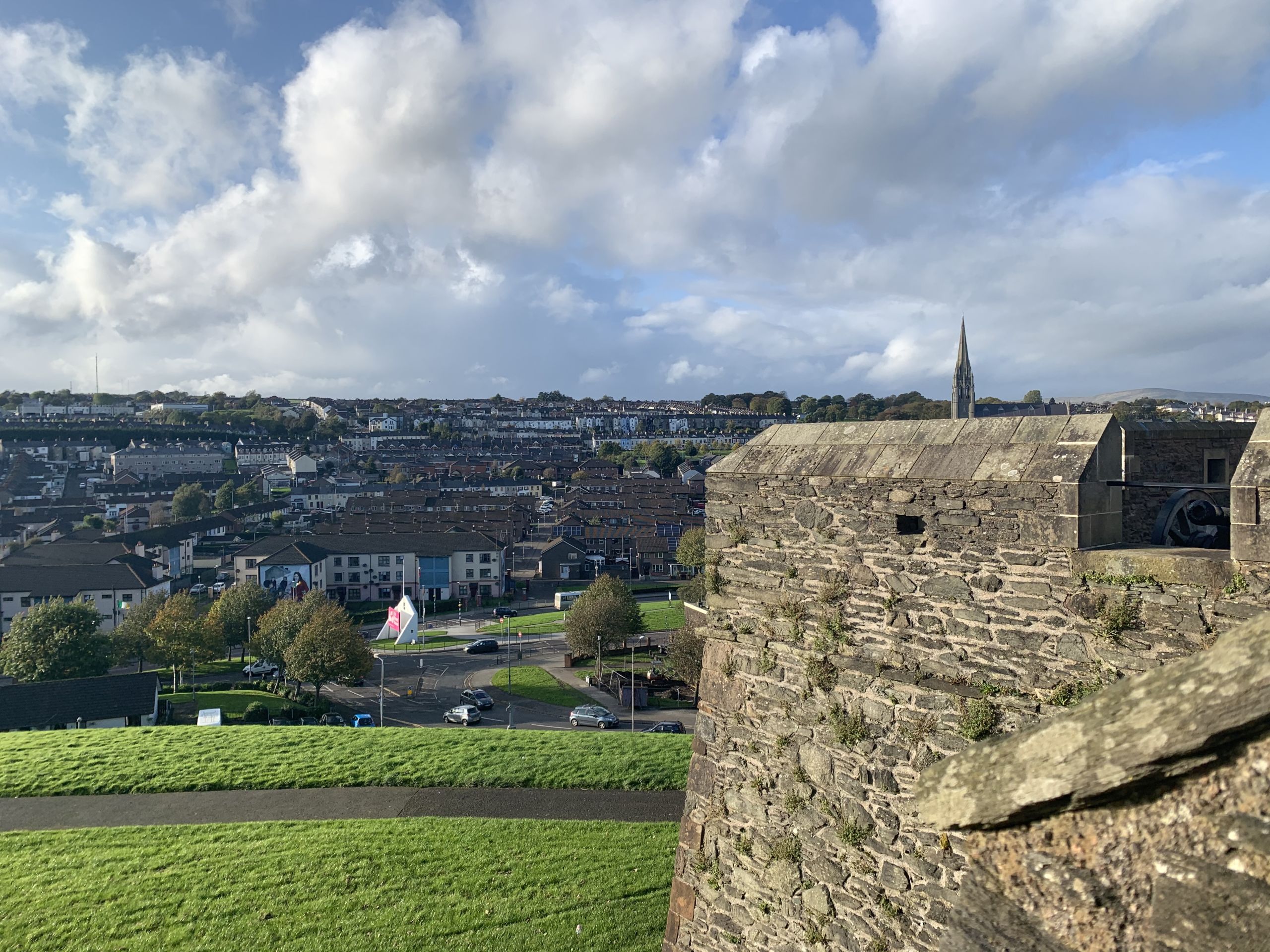
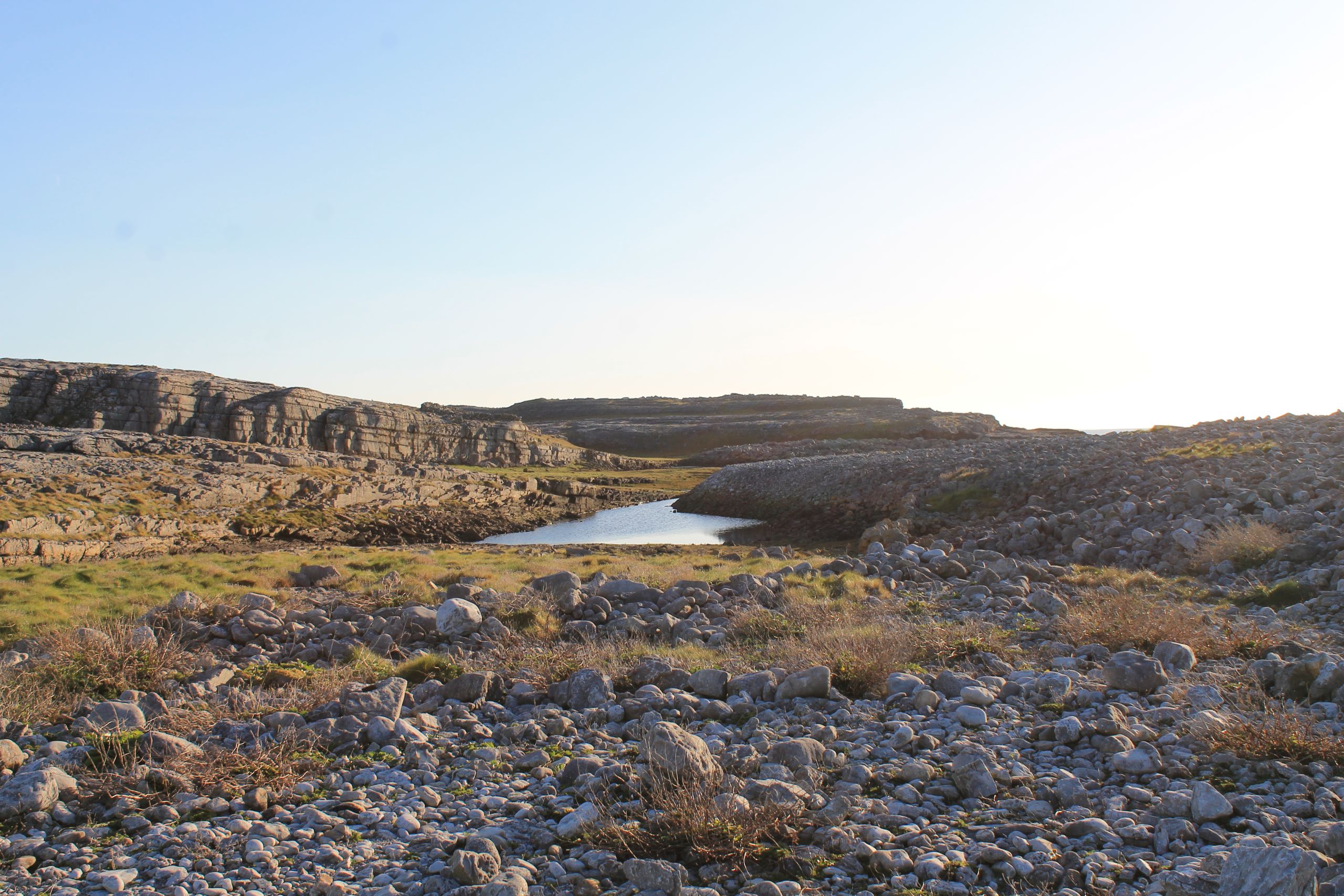
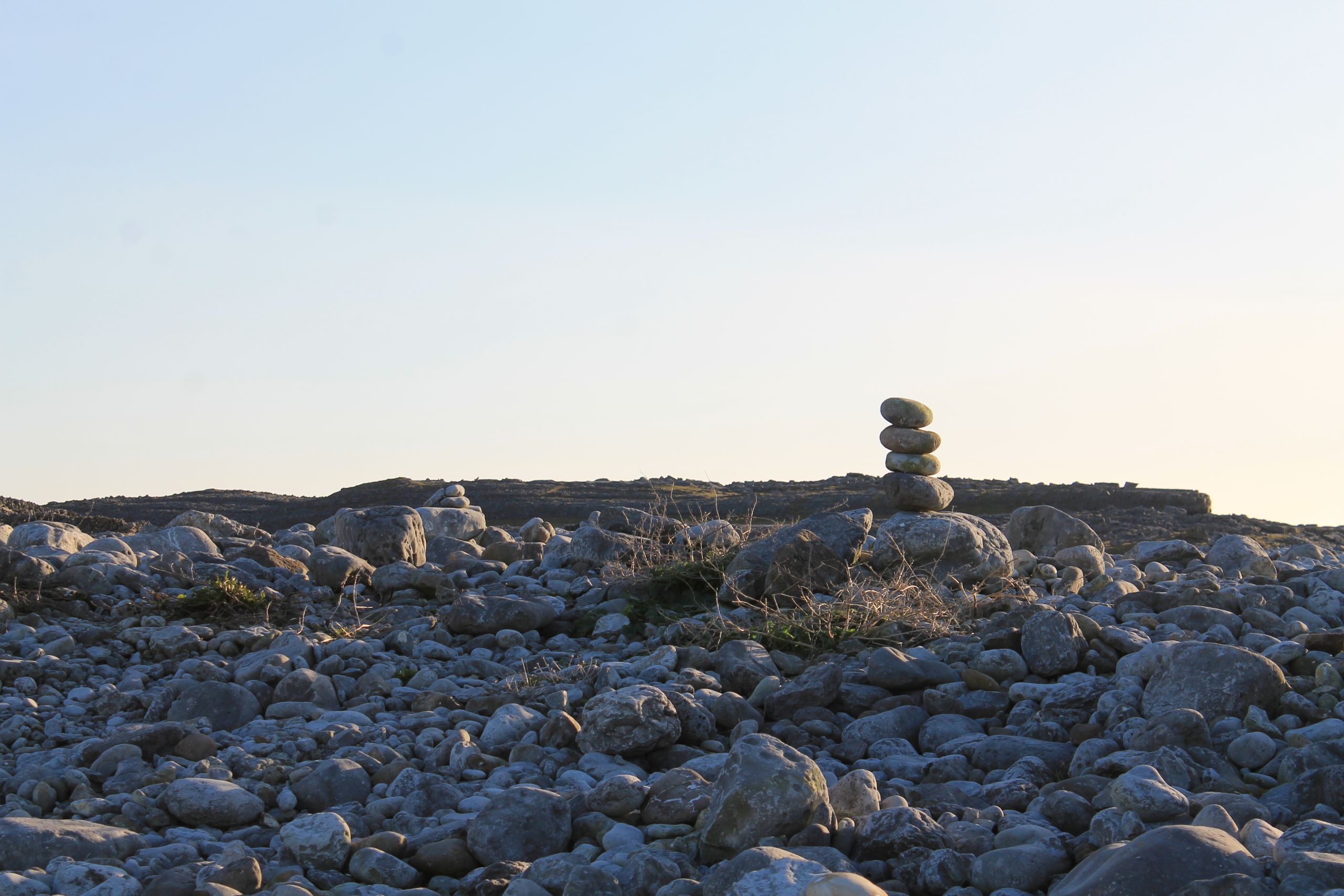
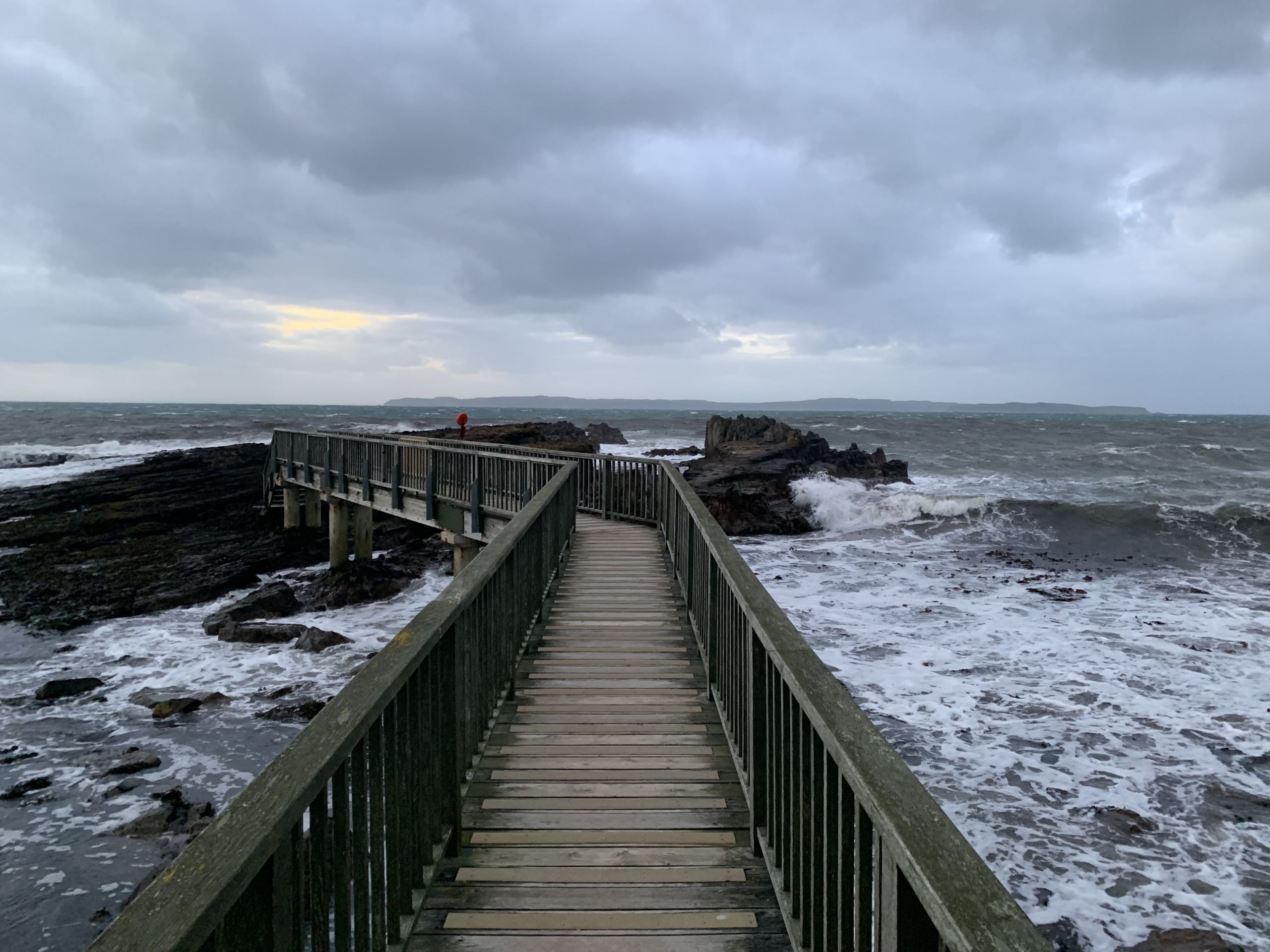
Going into the program, I knew that I was especially interested in Conflict Resolution and Peace Building, as well as the study of art and culture. However, it wasn't until taking part in the program that I finally realized that these two interests of mine could work in tandem to build better communities by utilizing art and cultural awareness to connect people though telling each other's stories. As a result of this experience, I think I have found more clarity on the direction I hope to take in my future life and career, while staying true to my passions.
Thank You
"May the Road Rise Up to Meet You" - Irish Blessing
